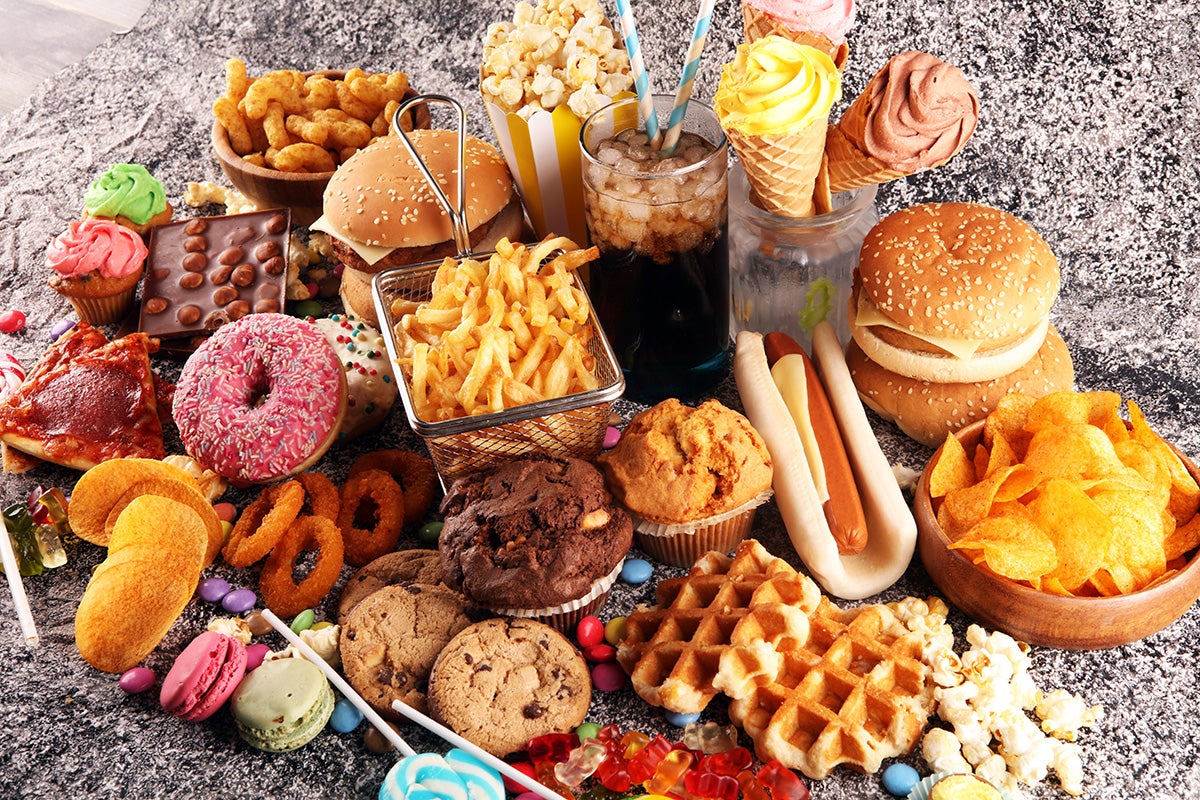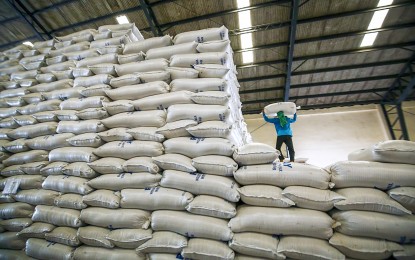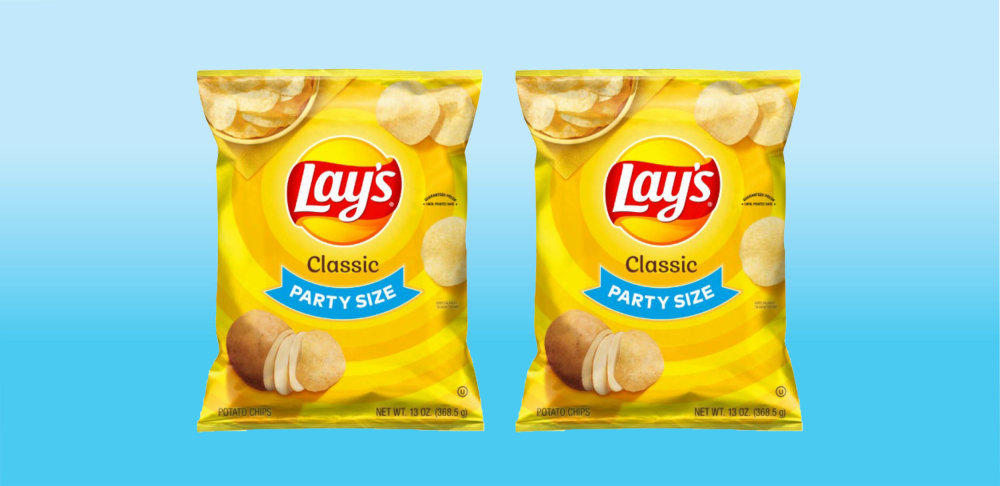Trump pledged to bring down food prices on Day One. Instead, eggs are getting more expensive
In August 2024, then-presidential candidate and former President Donald Trump held a press conference surrounded by packaged foods, meats, produce, condiments, milk, and eggs. “When I win, I will immediately bring prices down, starting on Day One,” he declared at the time. This promise became a recurring theme during his campaign, often accompanied by the phrase, “drill, baby, drill.” For many voters, tackling inflation was a critical issue, as years of steep price increases had significantly impacted their incomes and livelihoods.
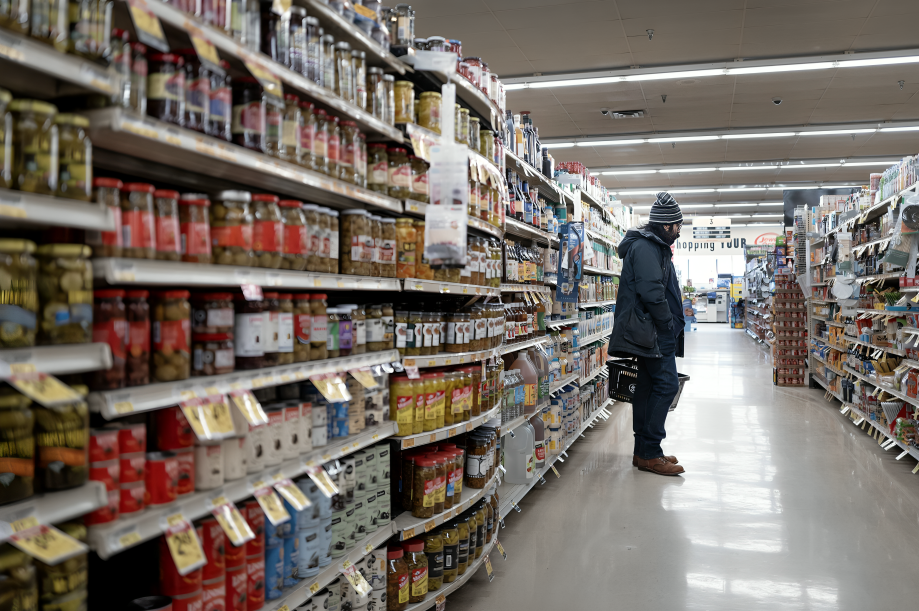
But Day One has turned into Day Seven, and those eggs are getting even more expensive.
Despite a series of executive actions, President Trump’s promises to lower prices remain unfulfilled, according to a letter from Democratic lawmakers addressed to the president.
“You have instead focused on mass deportations and pardoning January 6 attackers, including those who assaulted Capitol police officers,” stated the letter, signed by Sen. Elizabeth Warren and 20 congressional Democrats. “Your sole action on costs was an executive order that barely mentioned food prices and lacked any specific policies to reduce them.”
The lawmakers further noted that Trump seems to be “backtracking” on his commitments, recently admitting that it’s “hard to bring things down.”
This sentiment was echoed by Vice President JD Vance in a Sunday interview with CBS’s Margaret Brennan. When asked about grocery prices, Vance said, “Prices are going to come down, but it’s going to take a little bit of time.” He added that the solution to lowering prices is “to encourage more capital investment into our country.”
Trump’s repeated pledges to slash prices have often been met with skepticism from economists, who argue that widespread price declines could be economically dangerous, potentially triggering a deflationary “doom loop.” Additionally, they note that such rapid price reductions are highly unlikely to achieve.
“No president is able to lower prices in a week, and some of the promises that were made about how quickly prices were going to come down were probably never achievable,” said Tyler Schipper, an economist and associate professor at the University of St. Thomas in St. Paul, Minnesota. “Some of the most stark things that people are still seeing at the grocery store are almost entirely due to price dynamics that were in place before.”
“The incentives [to drill more] aren’t great for oil companies,” Schipper said. “They certainly want the rights to drill; but given the price of oil right now, there’s not a lot of incentive for them to open up a bunch more oil capacity and push prices down further.”
Plus, Schipper noted, it takes time to increase production.
While more oil might not be as immediate a solution as the president may hope, Schipper said there may be potential in reducing housing regulations.
However, that takes time, too, he said.
“There are lags between changing the policy and then developers seeing changes in policy and then gaming out how much that saves them, then actually building the apartments, and people moving into them,” Schipper said. “But a lot of that regulation is not at the federal level. A lot of that regulation is at the city and state level.”
While slowing down inflation takes time (just ask the Federal Reserve), the Democratic lawmakers did offer potential solutions as well as an olive branch.
“If you are indeed committed to lowering food prices, we stand ready to work with you,” according to the letter. “Last year, we put forward several recommendations for executive action to lower food prices by encouraging competition and fighting price-gouging at each level of the food supply chain.”
Inflation has slowed significantly since peaking in June 2022; however, it still hovers above the Fed’s target rate of 2%.
US central bankers meet this week and are expected to hold rates steady, economists say, noting both inflation’s stubborn retreat trajectory as well as uncertainty around Trump’s tariff and immigration policies that could ultimately raise prices.
“Tariffs have the effect, especially for goods that are more concentrated in individual countries, to raise prices,” Schipper said, noting Trump’s floated 25% tariffs on Canada and Mexico. “Particularly with Mexico, we import about 60% of fresh fruit and 40% of fresh vegetables. It’s one of those things where the argument for preserving American jobs is just weaker in some of those categories; because in winter in the United States, we don’t have the ability to grow some of those fruits and vegetables.”
Source via CNN News
What's Your Reaction?












/https://tf-cmsv2-smithsonianmag-media.s3.amazonaws.com/filer_public/54/66/546650fa-26a4-40fd-8d6d-5a7a04540f81/rosetta2.png)
:max_bytes(150000):strip_icc():focal(999x0:1001x2)/robert-prevost-050825-1-39395418ab494da5a3a700c9478e66c8.jpg)


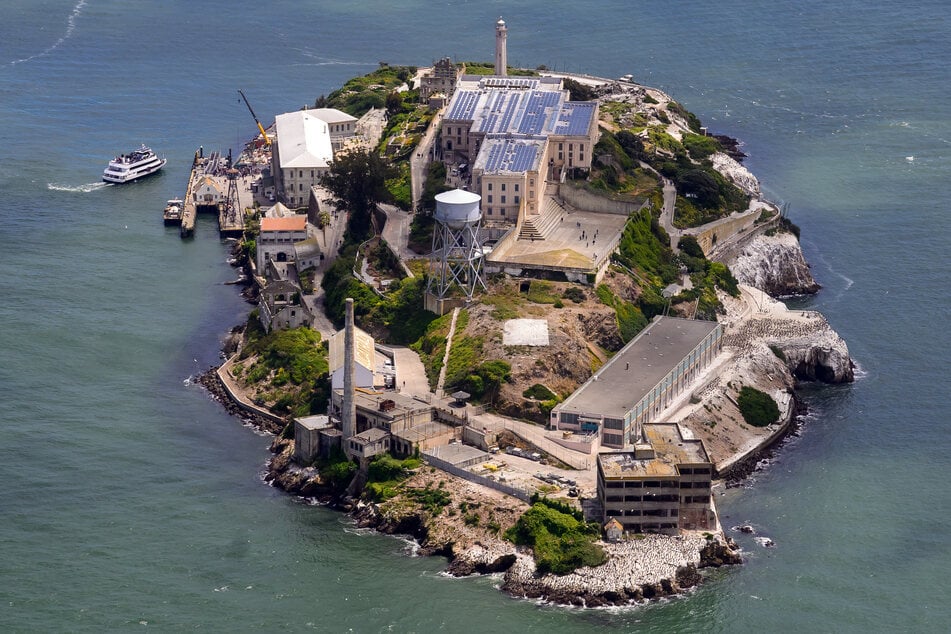



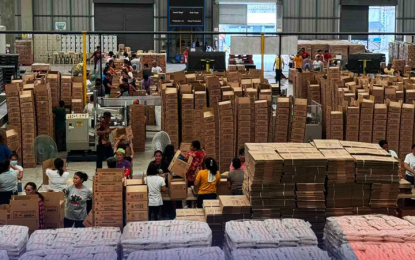














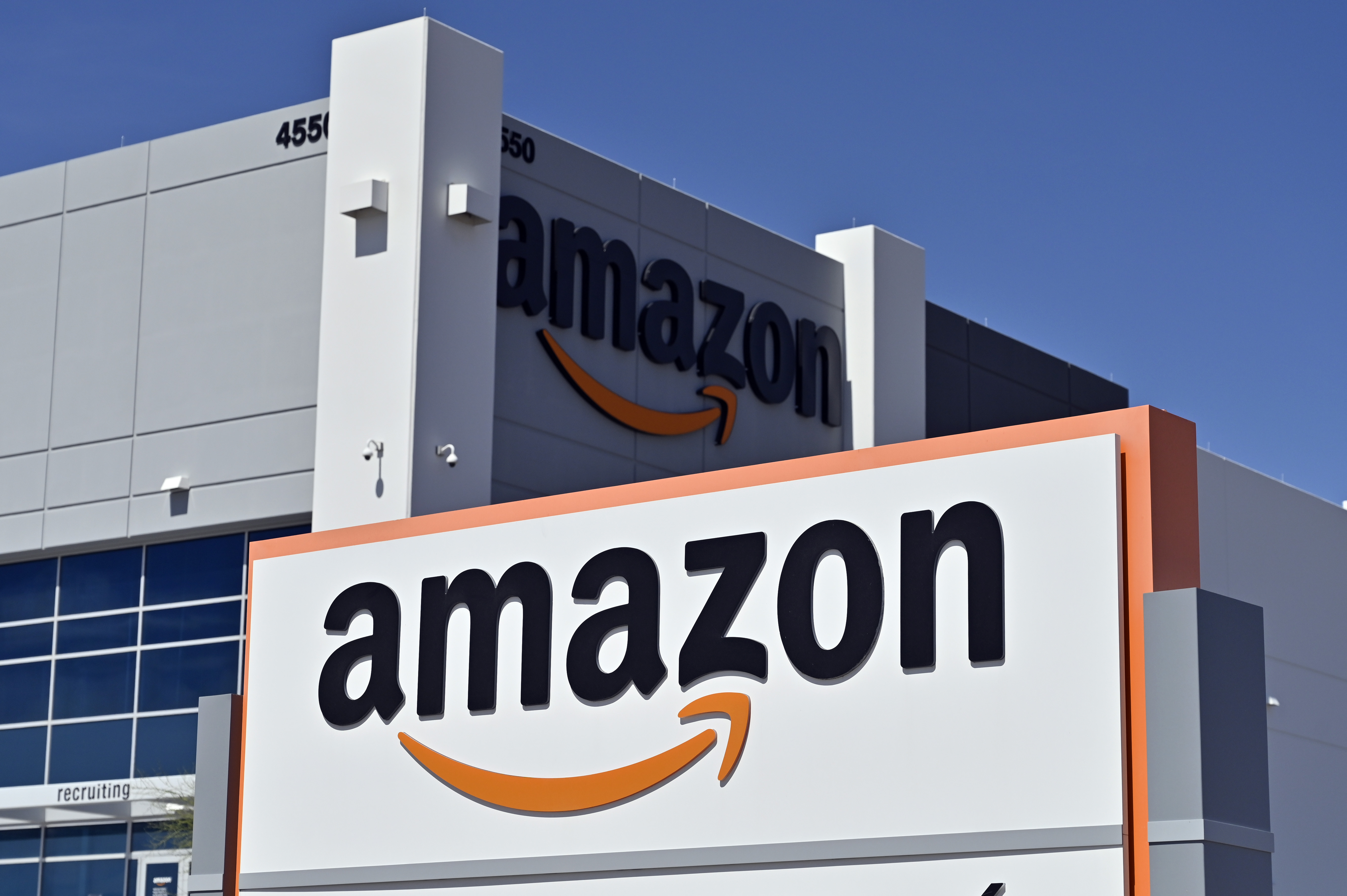

























format(webp))
format(webp))









